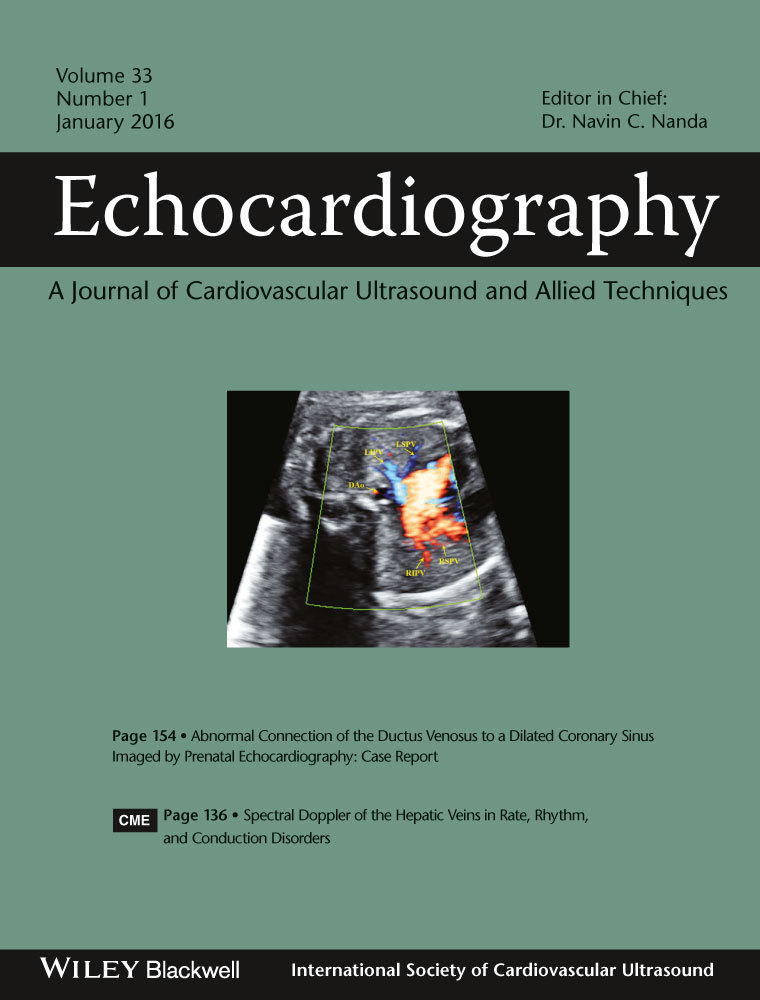Should the Celiac Artery Be Used as an Anatomical Marker for the Descending Thoracic Aorta During Transesophageal Echocardiography?
Abstract
Background
Transesophageal echocardiography (TEE) is a pivotal tool for diagnosis of aortic diseases. However, there are no suitable anatomical markers to describe location of disease in the descending thoracic aorta. In the past, we have used distance from the dental incisors to report location of disease, but this has no anatomical relevance. Our recent data comparing TEE and computed tomography (CT) have shown that the celiac artery is an accurate anatomical marker where disease is described as distance relative to the celiac artery. This study was designed to determine whether utilization of the celiac artery as an anatomical marker with TEE is practically feasible.
Methods
A clinical trial was performed at the University of Illinois at Chicago and the Jesse Brown VA Medical Center. A total of 160 patients referred for TEE were consecutively enrolled over a period of 18 months.
Results
The celiac artery was visualized in 97% of the patients.
Conclusions
The celiac artery is a reliable anatomical marker with TEE and should be routinely used to locate disease in the descending thoracic aorta.




